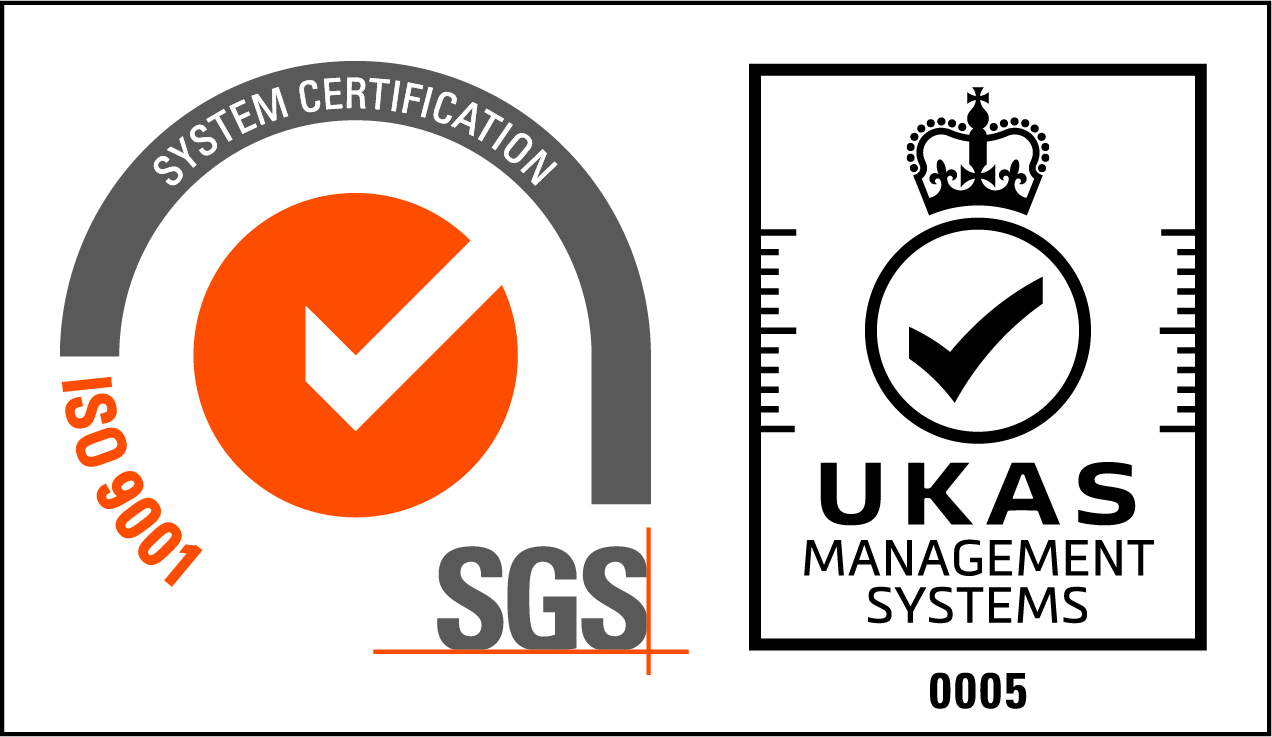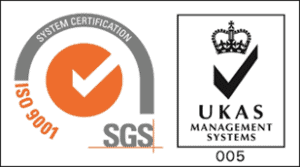Introduction
Welcome to the world of ISO 45001, a standard designed to revolutionise health and safety management in the workplace. In this 500-word blog, we’ll delve into what ISO 45001 is, the certification process, and the remarkable benefits it can bring to businesses aiming for excellence in health and safety. For details on how Quadra can assist get in touch.
What is ISO 45001?
ISO 45001 is an international standard that sets the framework for establishing, implementing, maintaining, and continually improving an occupational health and safety management system. It provides a systematic approach to managing health and safety risks, ensuring a safe and healthy workplace for employees and stakeholders. Click here for more details on this standard.
ISO 45001 Certification
ISO 45001 certification is the formal acknowledgment that an organisation’s health and safety management system aligns with the requirements of ISO 45001. It signifies a commitment to prioritising the well-being of employees and creating a secure work environment. The following youtube video provides an overview of ISO45001:
ISO for Health and Safety
ISO 45001 focuses on preventing work-related injuries, ill health, and ensuring a safe working environment. It is applicable to organisations of all sizes and industries, providing a universal framework to enhance occupational health and safety standards. If you are considering implementation of this standard and are considering training in this area please take a look at our training courses.
ISO 45001 Requirements
To achieve ISO 45001 certification, organisations must fulfill specific requirements outlined in the standard. This includes establishing a health and safety policy, conducting risk assessments, implementing controls, and regularly monitoring and evaluating the system’s effectiveness.
Benefits of ISO 45001 Certification
1. Improved Workplace Safety
ISO 45001 certification ensures a systematic approach to identifying and managing health and safety risks, leading to a safer workplace. This reduces the likelihood of accidents and injuries, fostering a secure environment for employees.
2. Enhanced Employee Well-being
Certification demonstrates a commitment to employee well-being. This can improve morale, job satisfaction, and retention rates, as employees feel valued and assured that their health and safety are prioritised.
3. Legal Compliance
ISO 45001 helps organisations stay compliant with health and safety regulations. This minimises legal risks, potential fines, and reputational damage, ensuring the organisation operates within the bounds of the law.
4. Increased Productivity
A safer work environment leads to increased productivity. By preventing accidents and injuries, organisations can maintain consistent operations, reduce downtime, and enhance overall efficiency.
5. Competitive Advantage
ISO 45001 certification sets organisations apart in the marketplace. It signals a commitment to excellence in health and safety, making the business more attractive to clients, partners, and stakeholders.
How ISO 45001 Certification Helps Businesses
1. Establishing a Safety Culture
ISO 45001 encourages the development of a safety culture within an organisation. This involves fostering awareness, communication, and a shared commitment to health and safety at all levels.
2. Continuous Improvement
Certification requires organisations to continually assess and improve their health and safety management system. This ensures ongoing effectiveness and adaptability to changing circumstances.
3. Stakeholder Confidence
ISO 45001 certification instills confidence in stakeholders, including customers, suppliers, and investors. It demonstrates a proactive approach to health and safety, showcasing the organisation as a responsible and reliable partner.
FAQs: Clarifying Common Doubts
Q: How long does it take to obtain ISO 45001 certification?
The duration varies based on the organisation’s size and complexity. The certification process typically involves several stages, including preparation, documentation, implementation, and certification audits.
Q: Can ISO 45001 be integrated with other management systems?
Yes, ISO 45001 is designed to be compatible with other ISO management systems, such as ISO 9001 for quality management and ISO 14001 for environmental management.
Q: Is ISO 45001 certification mandatory?
No, ISO 45001 certification is voluntary. However, many organisations choose to obtain certification to demonstrate their commitment to health and safety and gain a competitive edge.
Q: What are the key elements of an ISO 45001 health and safety policy?
An effective health and safety policy should include a commitment to compliance with legal requirements, hazard identification and risk assessment, and a framework for continual improvement.
Q: How does ISO 45001 address psychological health in the workplace?
ISO 45001 acknowledges the importance of psychological health and safety in the workplace. Organisations are encouraged to address factors that may impact mental well-being and ensure a supportive work environment.
Q: Can ISO 45001 certification be revoked?
Yes, certification is subject to regular audits to ensure ongoing compliance. Failure to meet standards during audits can result in the revocation of certification.
Conclusion
In conclusion, ISO 45001 certification is not just a badge; it’s a commitment to creating a safer, healthier workplace. The benefits span from improved safety and employee well-being to legal compliance and a competitive advantage. Embrace ISO 45001 and elevate your business.






